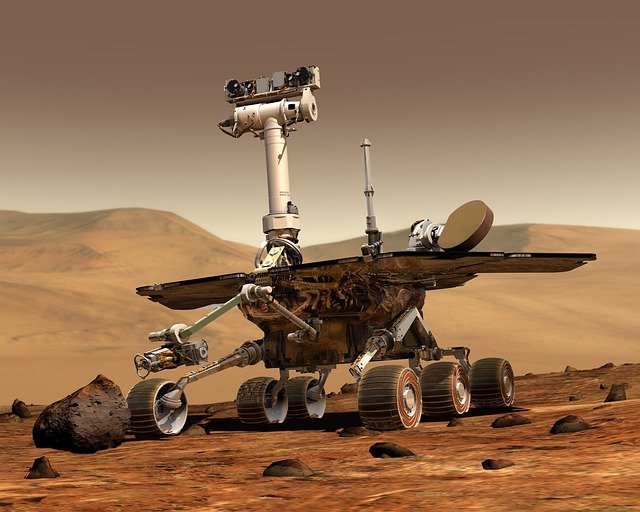Space Exploration Day

Space Exploration Day
Every year on July 20, we have Space Exploration Day. This holiday, which is also called "National Moon Day," was made by President Ronald Reagan to honor the first crewed mission to the moon and landing on the moon on July 20, 1969.
President John F. Kennedy set a goal for the United States to land on the moon by the end of the decade. It took eight years for the Apollo 11 mission to be successful. The day also aims to get children interested in and excited about careers in space sciences and space exploration. So, let's look up at the stars and think about all the amazing progress we've made in space so far, and dream about where we can still go.
Space Exploration Activities
FUN WITH SKITTLES
1. You will need a large white plastic plate, a bag of Skittles, and water. Make sure you're in a place where the plate won't be moved or shaken, as this can change the results.
2. Put your Skittles around the plate in a circle or in a pattern. Tell the children they can be as creative as they want with this part.
3. Pour the water slowly onto the plate. You should start to see the colors move quickly. Have the children watch to see how the colors move around the plate and what happens when they meet other colors. Depending on how big the children's creations are, this can take about 10 minutes.
To see how this looks, click here
GALAXY MAGIC MILK EXPERIMENT
1. You will need a pie plate (or a shallow dish), a smaller dish big enough to hold some dish soap, a Q-Tip, whole milk or cream, dish soap, liquid food coloring (gel food coloring will not work).
2. Set up an area where all the children can see and is protected (as the food coloring can become messy).
3. Fill your dish with milk until it is about 1 to 2 centimeters deep. Fill your smaller dish with the dish soap and set it to the side.
4. Add a few drops of food coloring around the plate.
5. Dip the Q-Tip into the soap dish and place it into the center of the dish with the milk and watch the reaction. As the reaction continues, you can add more dish soap or more food coloring.
To see how this looks, click here
PAPER PLATE ASTRONAUT HELMET
1. You will need white paper plates, crayons, markers, glue, scissors, tin foil (optional), popsicle sticks, bottle caps (optional).
2. Depending on the ages of the children, either you or the children will cut out a hole in the middle of the paper plate. This will be how they can see out of their helmets.
3. Once they have a hole where they can see out of, they can decorate their helmets however they would like.
4. Glue the popsicle stick on the bottom of the helmet so they can use it to hold their helmets to their face.
To see how you can use other materials to make an astronaut mask, click here.
EXPLORING WITH MOON ROCKS
1. You will need 1 cup flour, 1 cup water, whisk, cotton balls, grey food coloring, tin foil, cookie sheet, small toy hammers for the children.
2. Teachers should make the Moon Rocks ahead of time. To make the Moon Rocks:
- Whisk together the 1 cup of flour with the 1 cup of water.
- Add in a small drop of paint to change the mixture to a grey color.
- Dip cotton balls into the mixture and place them onto a cookie sheet lined with foil.
- Place into an oven at 300 degrees Fahrenheit for 45 minutes.
- Lay the completed rocks onto another cookie sheet lined with foil
3. Once the Moon Rocks are cooled, have the children explore each of the rocks. Invite them to crush the rocks using the toy hammers or their hands (although using hammers would be way more fun).
To see how this looks, click here.
*Archived from H&H's Constant Contact Newsletter [7.11.2022]
- Space Exploration Day Activities
- Space Exploration Day
- Why Celebrate Space Exploration Day?
- Child care education
- National Learn About Butterflies Day
- National Read a Book Day: Engaging Reading Activities to Spark a Love for Stories
- Sensory Overload: How a Box of Rice Can Help Your Brain Chill Out
- How your child's sensory toys serve as portals to different imaginative worlds
- What Makes Me Special: An Overview of Autism and ADHD
- How Early Educators Can Inspire Big Dreams in Little Minds
- Montessori activities to integrate into toddler curriculum this New Year
- Mental Health for Tiny Elves: Supporting Kids Through Winter Blues
- Creating a Positive and Calm Classroom Environment
- The Connection Between Movement and Cognitive Growth
- The “Less is More” Playroom: Simplifying Environments to Reduce Overstimulation